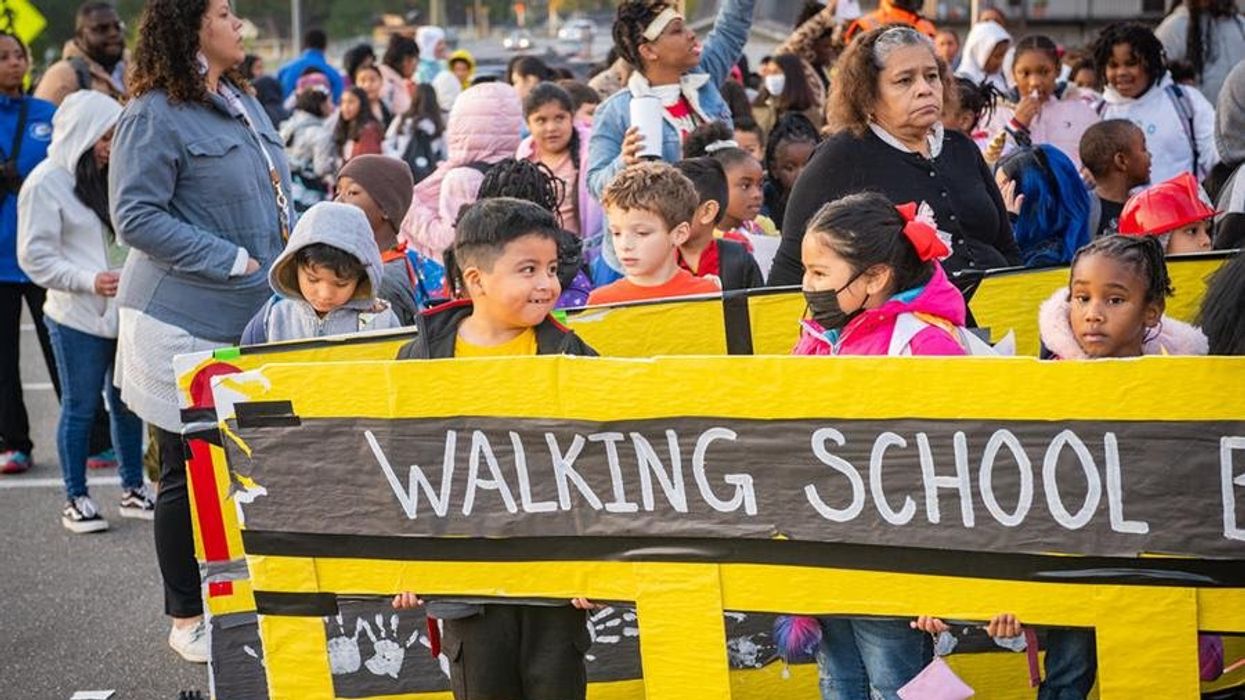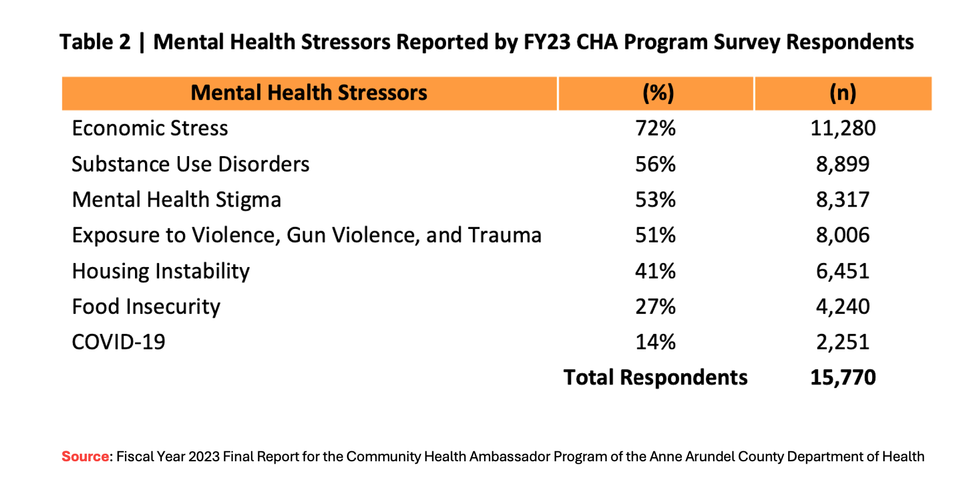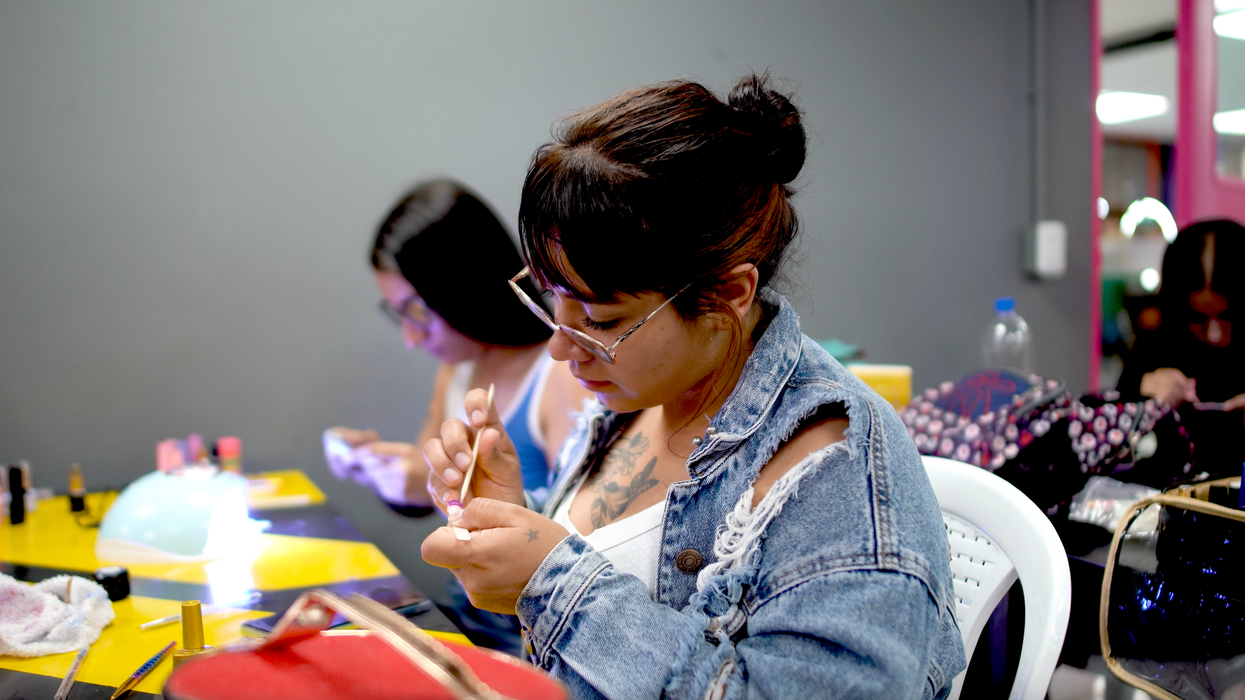The Aspen Institutes Weave: The Social Fabric Project tackles the problem of broken trust that has left Americans divided, lonely, and in social gridlock. Weave connects and invests in grassroots leaders stepping up to weave a new, inclusive social fabric where they live. This is the first in an ongoing series telling the stories of community weavers from across the country.
Plata is communications manager for Weave: The Social Fabric Project.
In our increasingly individualistic society, sometimes we miss seeing the simple solutions to community issues. In a neighborhood in Madison, Wis., a significant number of students weren’t showing up for school. Rachel Deterding, a school resource coordinator at Lake View Elementary, noticed that many of them lived in the same apartment building.
The apartment building sat just within the area around the school where school buses didn’t pick up kids. Many of the parents were “recent immigrants who are getting themselves settled in our country, in families who are just living with a very tight monthly budget, and they don't have money for cars, or other resources to get kids to school," says Deterding.
Why didn’t the kids just walk? Deterding says parents were nervous about their safety, partly because they didn’t see other kids walking. In the last 50 years, parents have increasingly dropped their kids off at school by car. In 1969, five out of every 10 kids walked to school. In 2021, only one in 10 walked to school.
Deterding couldn’t order a bus, so she organized a “walking school bus.” It was an idea she had heard about from other communities. Neighbors, whether parents or not, get together and pick up children as they walk along the route to school each day. These buses, organized by Deterding, started collecting 25 kids and now they collect 50-70 each day.
Attendance climbed 3 percent in her elementary school. “That may seem like a small number, but to us, that's a win," she says. "We are making progress, slow and steady." And the walking bus has done even more.
Busy parents take turns “driving” the bus, so they don’t have to take time everyday to drop kids at school. And neighbors get to meet and chat as they walk. "It's a simple but wonderful way to build community," says Deterding.
In the book “ The Way Out: How to Overcome Toxic Polarization,” social psychologist Peter Coleman of Columbia University cites research showing that moving in sync with other people enhances cooperation and the ability to achieve shared goals, in addition to increasing our compassion and willingness to help others.
In Washington, D.C., where I live, I’ve seen groups of parents leading a walking school bus. Everyone seems to be having a great time – the kids get to talk with their friends and the adults get to meet neighbors. I first got interested in walking school buses from this great video:
Why did Kids Stop Walking to School?www.youtube.com
If you want to start one where you live there’s a handy guide.
You can subscribe to Weave’s weekly newsletter.

































